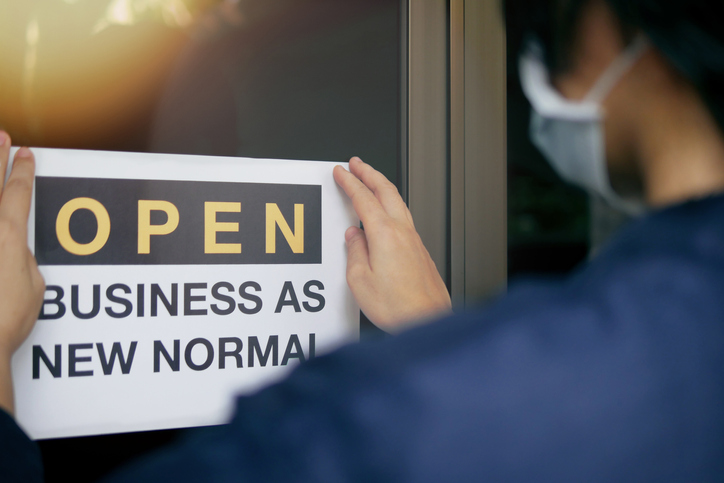Human Resources
In addition to the pre-existing stress and anxiety employees have been feeling surrounding all things COVID-19, returning to the workplace is sure to cause an additional amount of stress due to all the changes that will have been made. As stated in the PwC Study, “Reboot: Employees Want Safety and Wellbeing Prioritized,” 70% of employees said that something would either prevent them from returning to the workplace or makes them uncomfortable about returning to the work place. Luckily, as explained by SHRM,HR professionals are in the perfect position to help ensure the safety and security of employees as they return to the workplace.
Tips for Reopening
Listed below are steps that HR professionals can take to help employees feel more comfortable returning to work:
- Get Their Perspective: The best possible way to create a reopening plan is to survey employees before they return. Get an idea of how they are feeling, what their fears are, and what would make them feel more comfortable.
- Communicate Safety Precautions: Once you have a better idea of what fears your employees are feeling, clearly communicate how you will be addressing these fears. Safety precautions and protocols, such as wearing masks, hand sanitizing stations, cleaning and sanitizing of shared surfaces, all need to be addressed before reopening to put employees’ minds at ease. Getting ahead of their concerns also shows your employee-first reopening initiatives and proves your organization puts an emphasis on empathy and care.
- Have a Contact Tracing Plan: If an employee starts feeling sick, you’ll want to have a clear contact tracing plan to quickly identify exposures as soon as possible. Make sure this plan is clearly communicated to all employees to alleviate any apprehension or confusion.
- Be Flexible with Scheduling: Everyone has been impacted by COVID-19 differently, and employees may have children, elderly parents or significant others they are caring for at home. With everything reopening on different schedules, reopening your work place may require that you are flexible and creative with your scheduling.
- Be Prepared to Upskill or Reskill Employees: Depending on your industry, returning to work may look different than what employees have been previously trained for. With new safety protocols and regulations in effect, employees might need to obtain new skills and competencies. Be prepared for this and other talent or skill shortages, and have a plan in place to reskill and upskill your employees.
For more information, visit SHRM!



